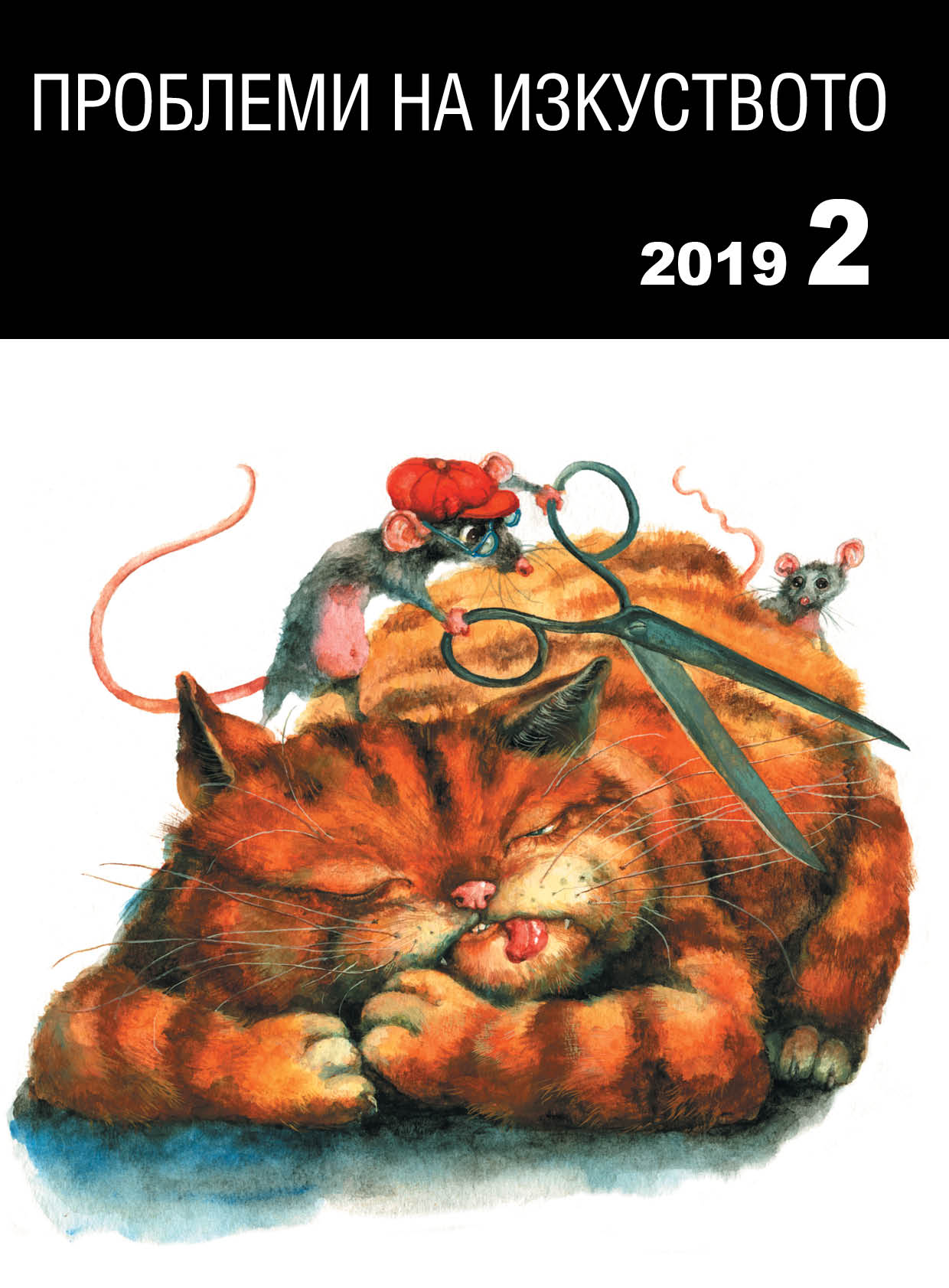Николай Райнов и приказната повест „Княз и Чума”
Nikolai Rainov and His Fairy Story The Prince and the Plague
Author(s): Stanislava NikolovaSubject(s): Fine Arts / Performing Arts, Visual Arts, History of Art
Published by: Институт за изследване на изкуствата, Българска академия на науките
Summary/Abstract: The article deals with the initial idea and its visual rendition in the fairy story The Prince and the Plague (1931) by Nikolai Rainov. This fairytale is among the author’s most ingenious works. The story treats a philosophical problem the writer has been concerned with for years, i.e. that of good and evil, synthesized here into the issue of power and how it affects human mind and mentality. Unique in its content, the book combines two of Rainov’s métiers as a writer and an artist. Unknown letters to and by Nikolai Rainov are cited relating to this fairytale, some of them published for the first time. These shed light on the artist’s initial ideas of the design of the book: illustrations, size and font, as well as on the ensuing changes in the book. The article also considers the Serbian version of the story, The Tsarevich (1938), translated by writer, journalist and translator Siniša Paunović, Nikolai Rainov’s contemporary and friend. The Serbian edition evidenced the interest in The Prince and the Plague shown abroad and is important to the cultural exchange and research on Bulgarian-Serbian relations of that period. Special attention is drawn to 12 found original colour illustrations, a small part of the total of illustrations included in the book. This is their first presentation and publication, being considered in parallel to the content of the text and the images, obtained in the black and white printing. A stylistic and iconographic analysis compares them to examples of the Secession, revealing parallels with the work of English illustrator Aubrey Beardsley. A versatile artist, Nikolai Rainov sucsucceeded in achieving the decorative not in the text alone by using various specific literary devices, but also in the illustrations, where stylisation is leading. The latter are interpreted as a second text enriching the story. Owing to the organisation of the overall design and well-devised technical specs of the book such as the coordination of the font, format, jacket, cover, margins, illustrations, the decorative-pictorial and textual-representational are in perfect sync.
Journal: Проблеми на изкуството
- Issue Year: 2019
- Issue No: 2
- Page Range: 32-42
- Page Count: 9
- Language: Bulgarian
- Content File-PDF

